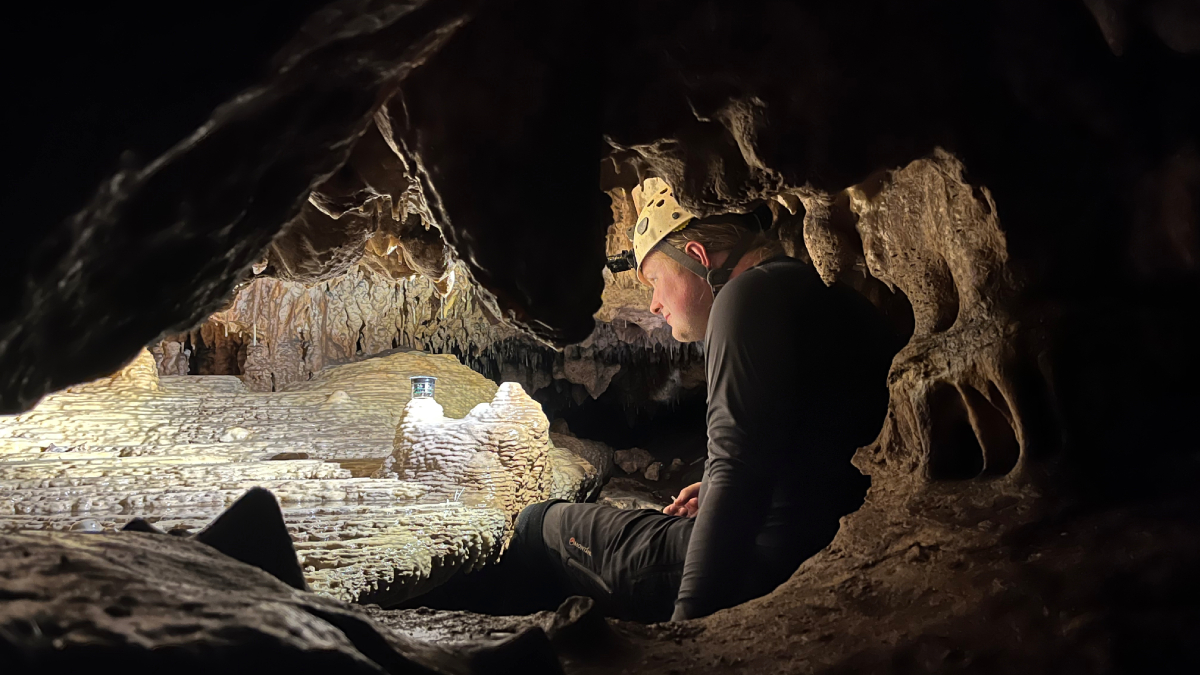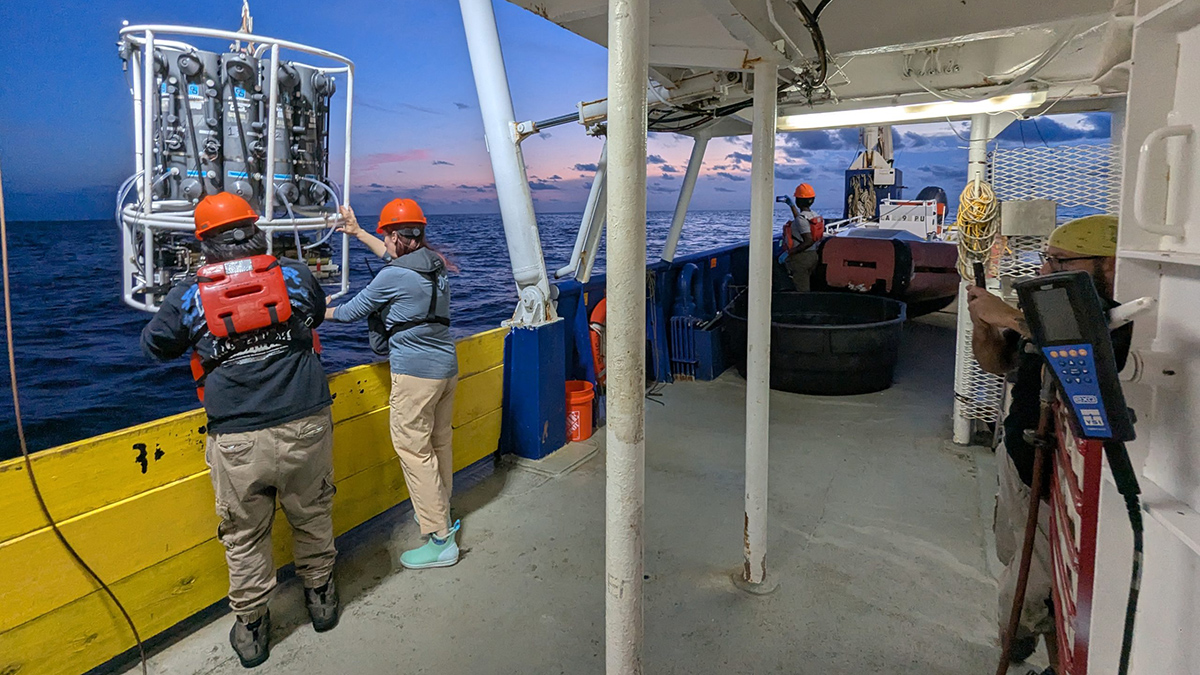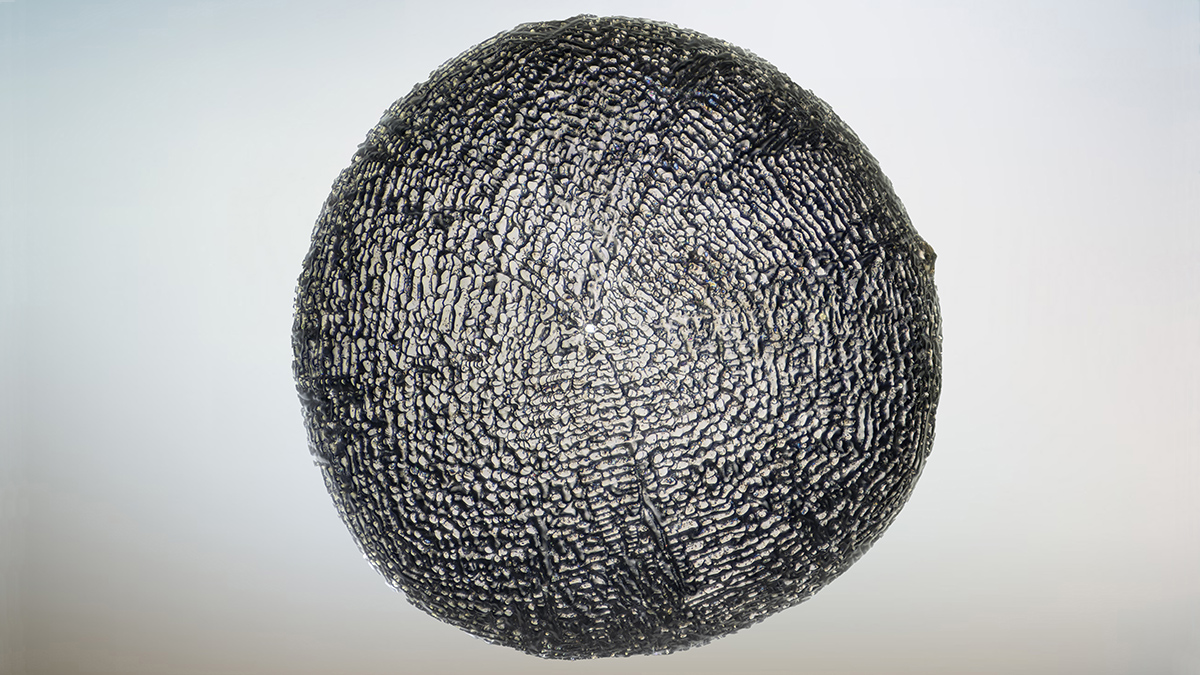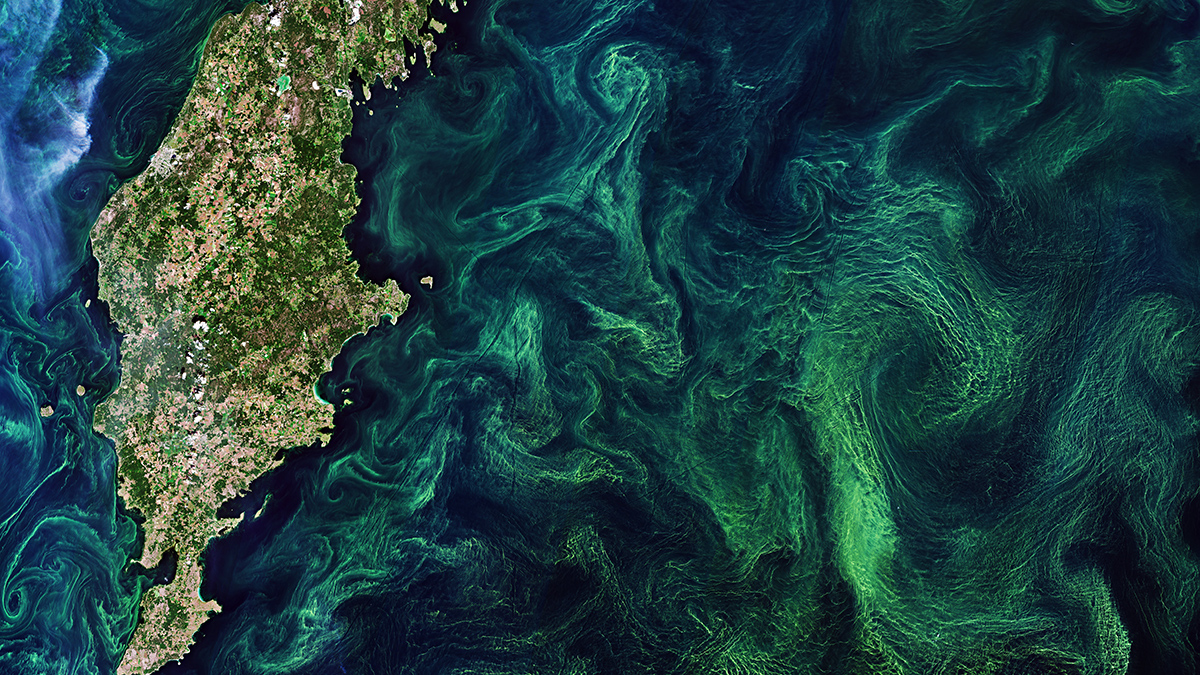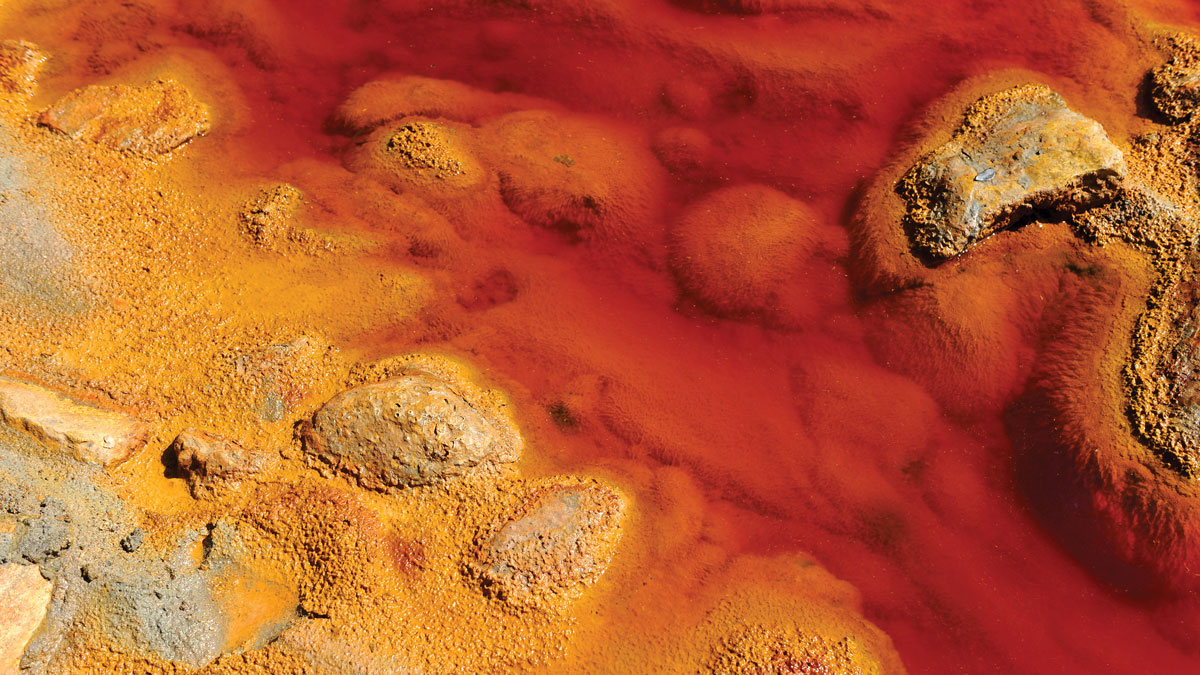El entendimiento de cómo las ciudades individuales respondieron al estrés climático ayudará a crear imágenes holísticas de cómo estas sociedades funcionaban.
oxygen
Major Droughts Coincided with Classic Maya Collapse
Understanding how individual cities responded to climate stress will help create holistic pictures of how these societies functioned.
Cruise to Measure Gulf Dead Zone Faces Stormy Funding Future
Funding cuts are affecting The Pelican’s annual hypoxia cruise to investigate the environmental conditions off the coast of Louisiana.
Fossilized Micrometeorites Record Ancient CO2 Levels
A cadre of iron-rich extraterrestrial particles picked up faint whiffs of our planet’s atmosphere when they fell to Earth millions of years ago.
Could Bubbling Oxygen Revitalize Dying Coastal Seas?
Reoxygenation approaches have shown some success in lakes, but their potential risks must be examined carefully before they’re implemented as solutions to improve the health of coastal waters.
A Planetary Perturbation Like No Other
Scientists are tackling “the most profound questions about life itself” with complex computer modeling, billion-year-old bacteria, and old-fashioned fieldwork.
Bacteria Battled for Iron in Earth’s Early Oceans
Billions of years ago, iron-oxidizing microbes may have competed for dissolved iron in the ocean, with some strains producing toxic gases that smothered their rivals.
Metallic Nodules Create Oxygen in the Ocean’s Abyss
These nodules, a focus of seabed mining interests, could be natural “geobatteries” and play a larger-than-expected role in the deep-sea ecosystem.
How Great was the “Great Oxidation Event”?
Geochemical sleuthing amid acid mine runoff suggests that scientists should rethink an isotope signal long taken to indicate low levels of atmospheric oxygen in Earth’s deep past.
In Hot Water and Beyond: Marine Extremes Escalate
A new study suggests marine life is increasingly faced with triple-threat events in which extreme water temperature, low oxygen levels, and acidification converge.


